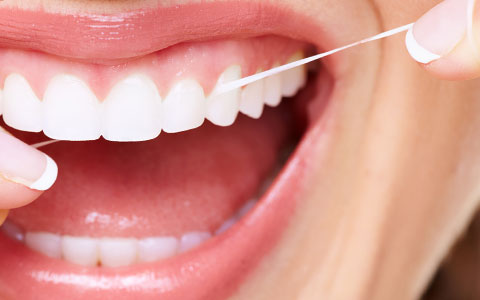Dental Terms
Premolar Kanata
Premolar teeth, often referred to as bicuspids, play a unique role in your dental anatomy. Positioned between the canines and molars, premolars serve as transitional teeth with important functions in chewing and mastication. In the permanent set of human teeth, there are two premolars per quadrant, totaling eight premolars in the mouth. These teeth typically feature at least two cusps.
During the process of chewing, premolars exhibit characteristics of both anterior canines and posterior molars. They facilitate the transfer of food from the canines to the premolars and, ultimately, to the molars for effective grinding. This intermediate role ensures efficient food processing as part of the digestive process.
In humans, the premolars consist of the maxillary first premolar, maxillary second premolar, mandibular first premolar, and mandibular second premolar. Each of these premolars exhibits unique features, with variations in cusps and morphology. For example, the mandibular first premolar typically features a prominent buccal cusp, while the lower second premolar often presents with two distinct lingual cusps.
Molar teeth, located distal to the canines, follow the premolars in the dental arch and are preceded by deciduous premolars in dental development. It's important to note that while some mammals have four premolars per quadrant, the most mesial two have been lost in humans and other catarrhines (Old World monkeys and apes). In paleontological terms, human premolars are referred to as Pm3 and Pm4.
At Kanata South Dental in Kanata, we understand the significance of premolars in your dental health. Our experienced dental team, led by Dr. Taner Cakmak, is dedicated to providing comprehensive premolar dentistry services. Whether you require routine care, treatment for specific issues, or information about your premolar health, we are here to assist you in maintaining optimal oral well-being.

